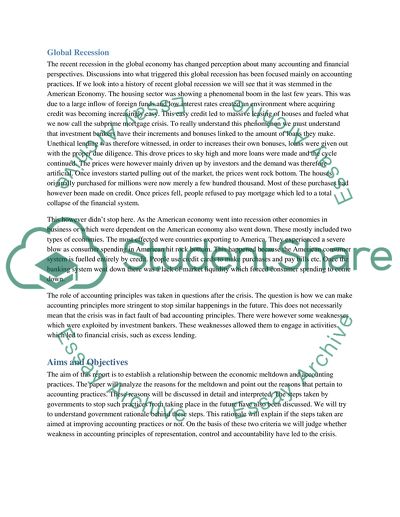Cite this document
(Economic Meltdown and Accounting Practices Coursework, n.d.)
Economic Meltdown and Accounting Practices Coursework. Retrieved from https://studentshare.org/macro-microeconomics/1732342-arc-coursework
Economic Meltdown and Accounting Practices Coursework. Retrieved from https://studentshare.org/macro-microeconomics/1732342-arc-coursework
(Economic Meltdown and Accounting Practices Coursework)
Economic Meltdown and Accounting Practices Coursework. https://studentshare.org/macro-microeconomics/1732342-arc-coursework.
Economic Meltdown and Accounting Practices Coursework. https://studentshare.org/macro-microeconomics/1732342-arc-coursework.
“Economic Meltdown and Accounting Practices Coursework”, n.d. https://studentshare.org/macro-microeconomics/1732342-arc-coursework.


